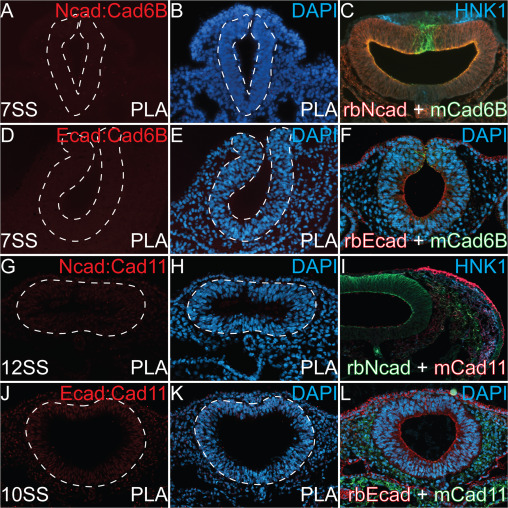Assistant Professor of Biology Crystal Rogers, graduate student Lisa Sorrells, and a colleague at the California Institute of Technology published a new paper in the August issue of the journal Mechanisms of Development dissecting the interacting effects of two proteins, N-cadherin and E-cadherin (Ncad and Ecad, for short) in neural development. The team used proximity ligation assays to visualize the activity of the two proteins in cells from developing chicken embryos. As they explain in the article’s abstract
… we found that Ncad and Ecad formed heterotypic complexes in the developing neural tube, and that modulation of Ncad levels led to reciprocal gain or reduction of Ecad protein, which then alters ectodermal cell fate. Here, we demonstrate that the balance of Ecad and Ncad is dependent upon the availability of β-catenin proteins, and that alteration of either classical cadherin modifies the proportions of the neural crest and neuroectodermal cells that are specified.
The full paper is Open Access on the journal website, and is supported by a data publication in Data in Brief.
Featured image: Images from a proximity ligation assay examining interactions between the focal proteins. (Figure 1, Rogers 2018)

